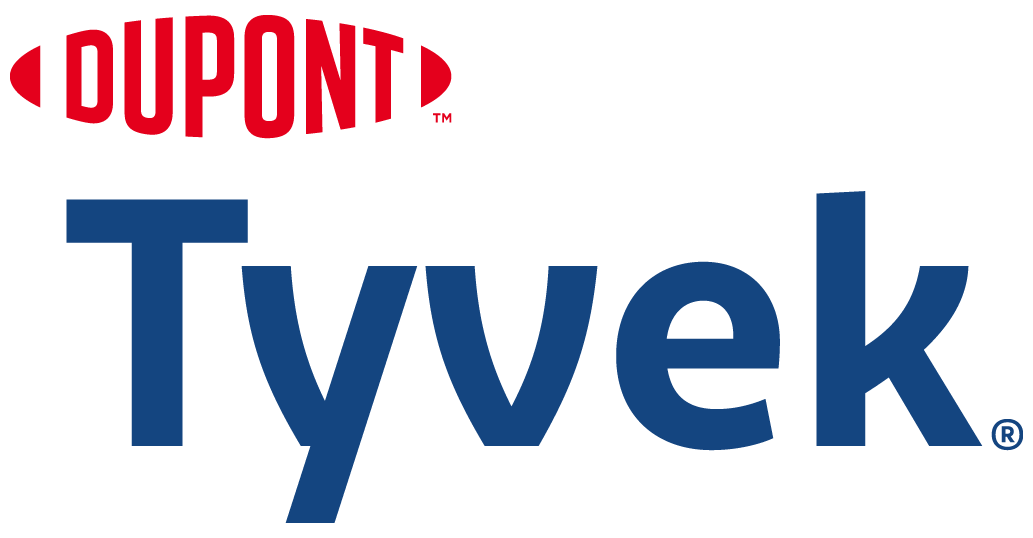Striking a balance between comfort and quality is essential for businesses supplying personal protective equipment (PPE). Such demands call for innovation and at the start of the year, Dupont launched its Tyvek IsoClean single-use clothing range. Because the range is single-use, the garments do not require any additional treatment such as laundering or sterilisation which often affects the fabric properties.
Manufactured in cleanroom conditions according to the highest manufacturing standards, DuPont’s apparel provides a high level of cleanliness thanks not only to the clean-processing carried out before sterilisation, but also due to the double packaging, which helps when transfering garments into clean areas. The company said that the design of the garment has been optimised for contamination-free dressing and the garment folding pattern facilitates aseptic gowning.



